Best Time for Basement Waterproofing
Basement waterproofing is essential for preventing water intrusion, mold growth, and structural damage. Timing plays a crucial role in ensuring the effectiveness and longevity of waterproofing measures. Properly scheduled waterproofing can reduce repair costs and avoid extensive damage during adverse weather conditions.
Spring offers moderate temperatures and increased moisture, making it an ideal time for waterproofing projects before heavy rains begin.
Summer provides warm weather and longer days, suitable for completing waterproofing before the rainy season peaks.
Fall allows for preparation ahead of winter, ensuring the basement remains dry during freezing temperatures and snowmelt.
Winter waterproofing is less common due to cold temperatures, but in milder climates, it can be effective if conditions are suitable.
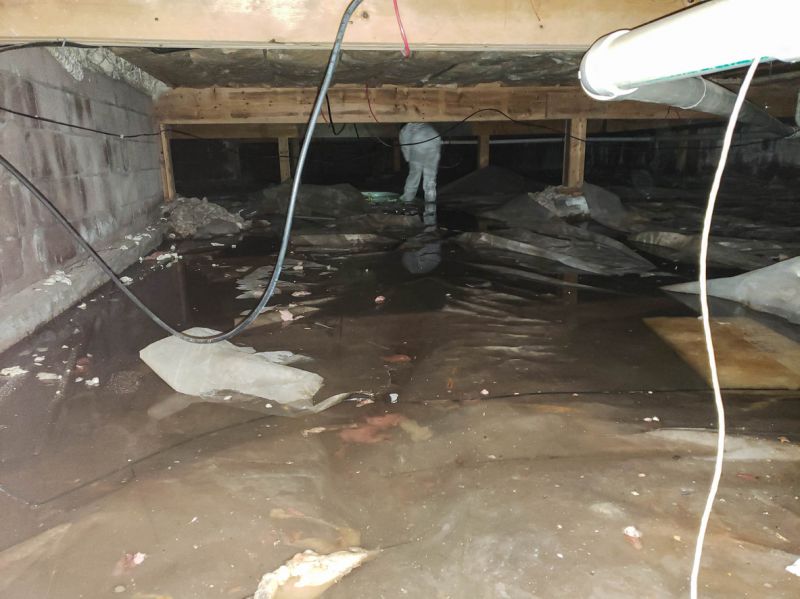
Ways to make Basement Waterproofings work in tight or awkward layouts.
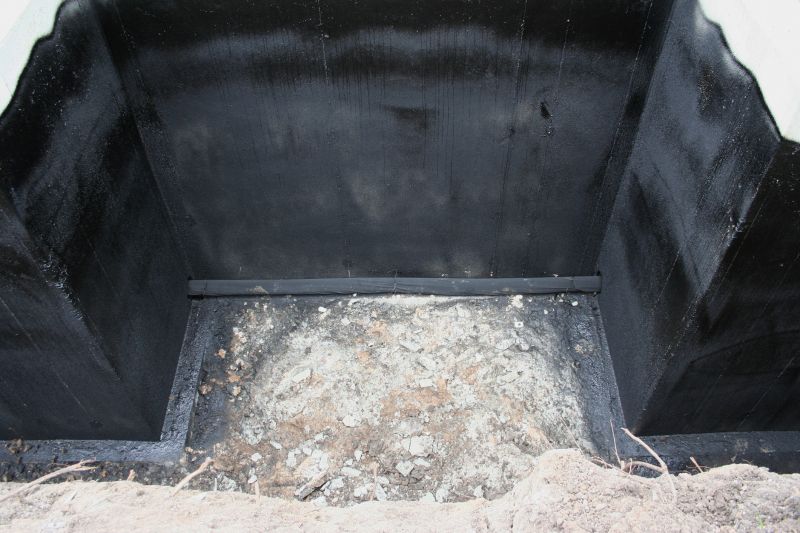
Popular materials for Basement Waterproofings and why they hold up over time.
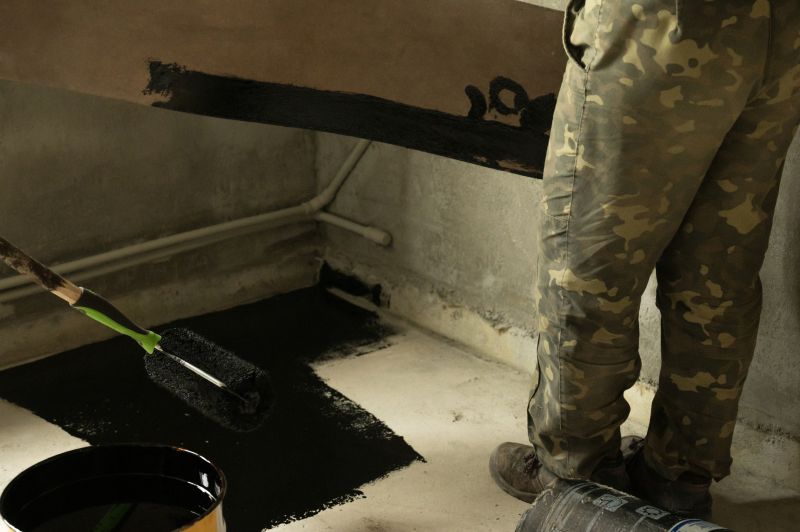
Simple add-ons that improve Basement Waterproofings without blowing the budget.

High-end options that actually feel worth it for Basement Waterproofings.
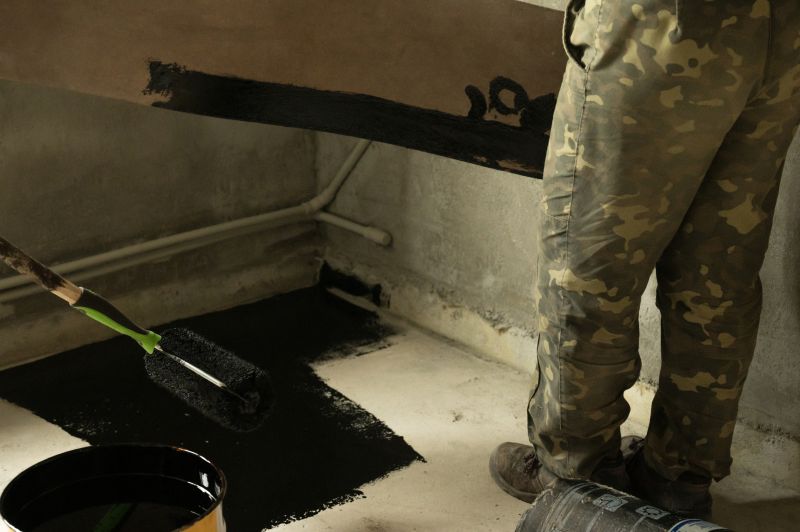
Finishes and colors that play nicely with Basement Waterproofings.
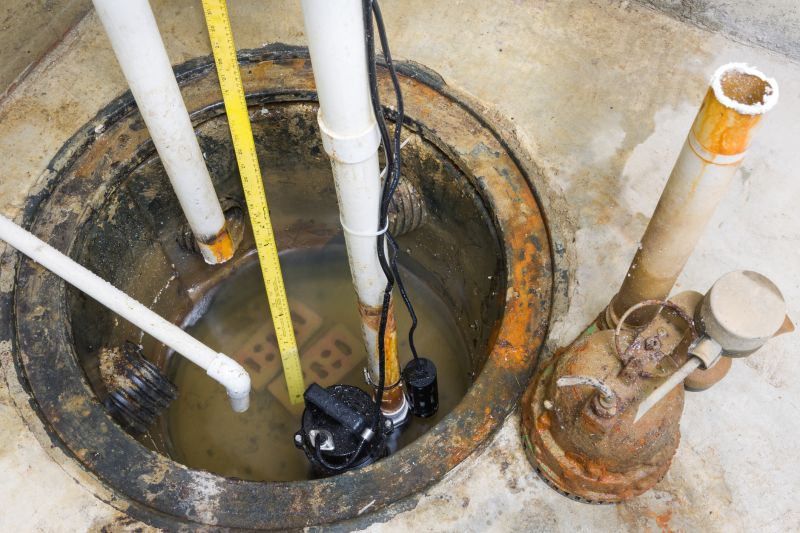
Little measurements that prevent headaches on Basement Waterproofings day.
Basement waterproofing involves applying barriers and drainage systems to prevent water from seeping through foundation walls and floors. It is a critical component of home maintenance, especially in regions with high rainfall or fluctuating temperatures. Statistics indicate that properly waterproofed basements can significantly reduce the risk of mold, structural deterioration, and property damage. Regular inspections and timely waterproofing can extend the lifespan of a building's foundation and improve indoor air quality.
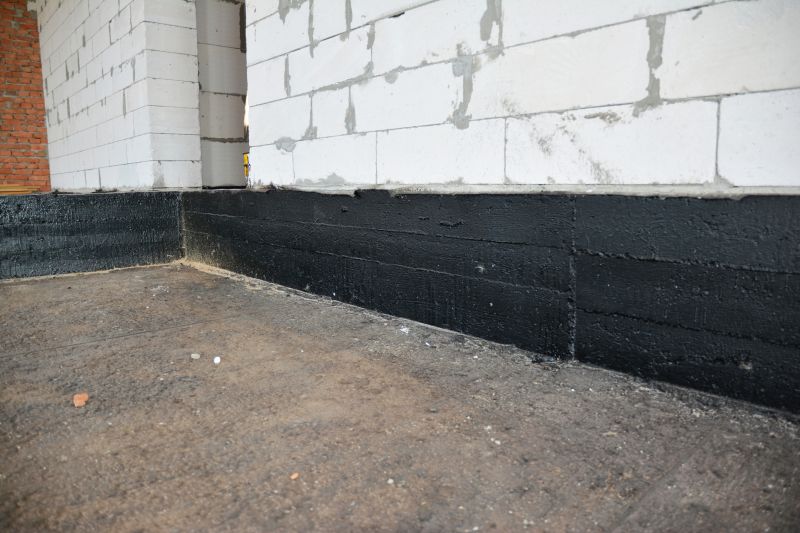
A 60-second routine that keeps Basement Waterproofings looking new.
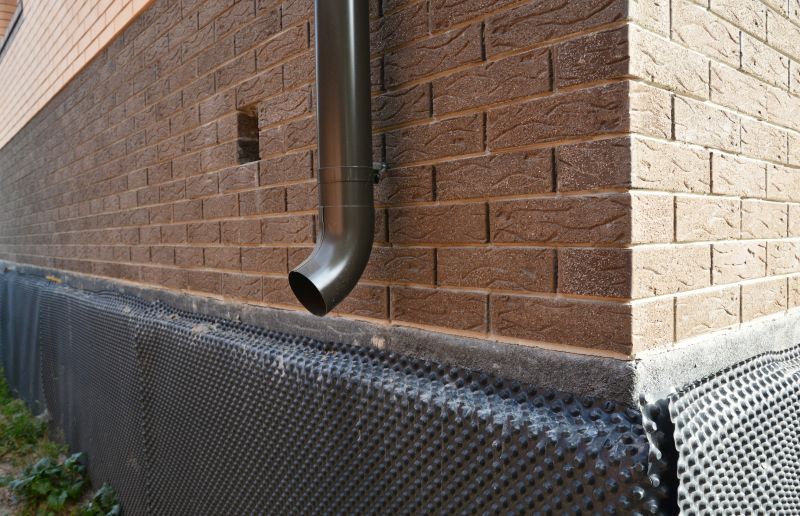
A frequent mistake in Basement Waterproofings and how to dodge it.

Small tweaks to make Basement Waterproofings safer and easier to use.
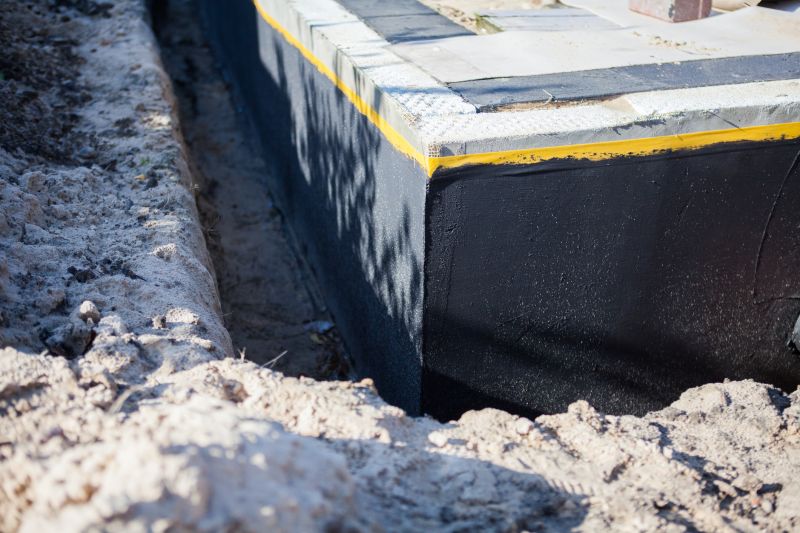
Lower-waste or water-saving choices for Basement Waterproofings.

The short, realistic tool list for quality Basement Waterproofings.
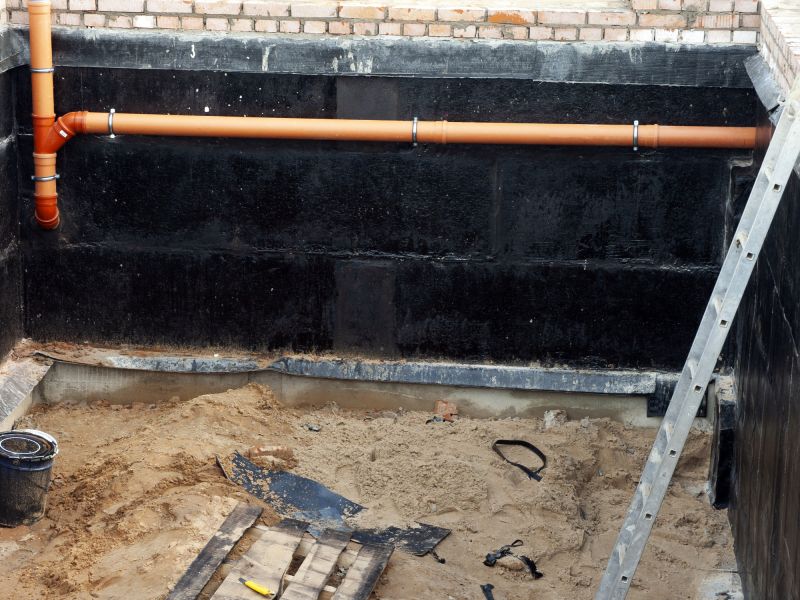
Rough timing from prep to clean-up for Basement Waterproofings.

Quick checks and paperwork to keep after Basement Waterproofings.

Examples that show the impact a good Basement Waterproofings can make.
| Season | Ideal Conditions |
|---|---|
| Spring | Moderate temperatures, before heavy rains |
| Summer | Warm weather, longer days, before peak rains |
| Fall | Cooler temperatures, before winter freeze |
| Winter | Mild climates, suitable in specific conditions |
| Post-Construction | After foundation curing, before adverse weather |
Choosing the optimal time for basement waterproofing depends on local climate, weather patterns, and project specifics. Proper timing ensures materials cure correctly and that waterproofing measures are effective for years to come. Regular assessment and scheduling waterproofing during suitable seasons can help maintain a dry and stable basement environment.
